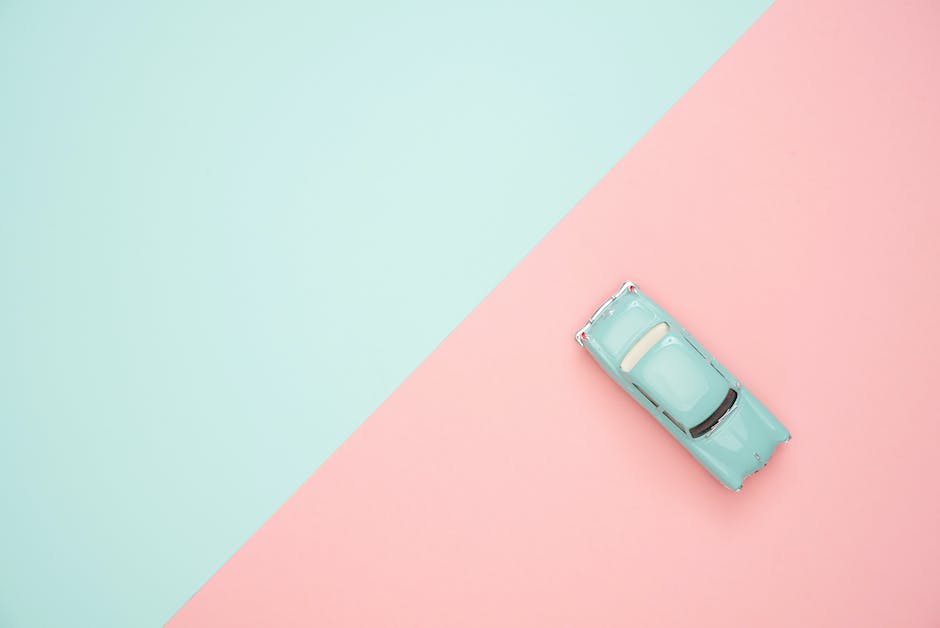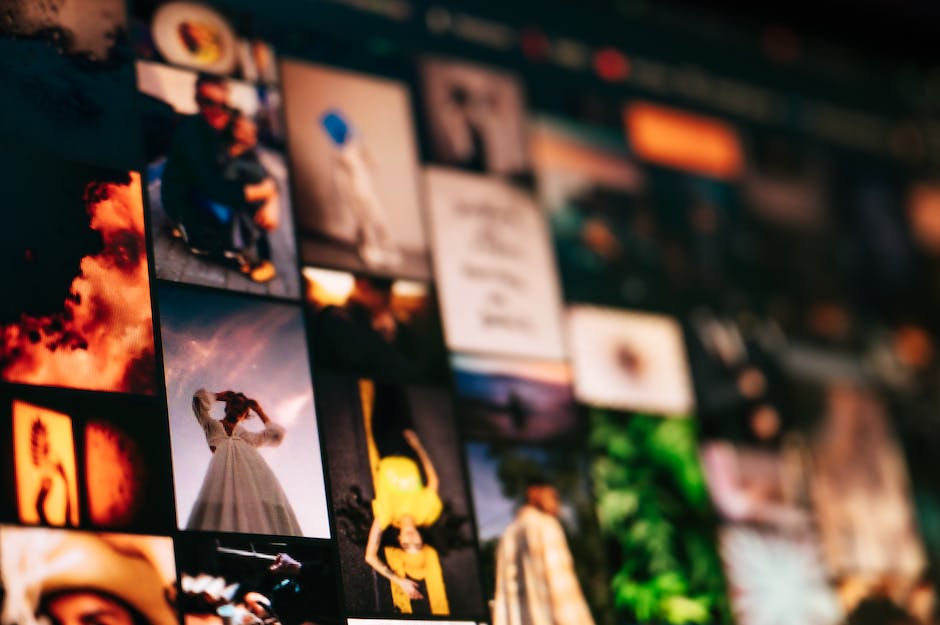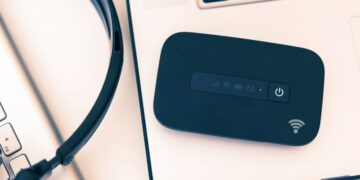-
Table of Contents
The Impact of Green Text Bubbles on iPhone Users

Samsung Joins Google In Throwing Shade At iPhone’s Green Text Bubbles
In the world of smartphones, there has always been a rivalry between Apple and Android users. From the design of the devices to the operating systems, these two giants have been competing for the top spot in the market. However, there is one aspect of this rivalry that has recently caught the attention of Samsung and Google – the color of text bubbles.
For iPhone users, the color of their text bubbles is a matter of pride. Blue bubbles indicate that the message is being sent through iMessage, Apple’s proprietary messaging service. On the other hand, green bubbles indicate that the message is being sent as a regular SMS or MMS. While this may seem like a trivial detail, it has become a source of mockery and even discrimination among smartphone users.
The impact of green text bubbles on iPhone users cannot be underestimated. It has become a symbol of being an outsider in the world of Apple. Those who send green bubbles are often seen as inferior or less tech-savvy. This perception has led to a divide between iPhone and Android users, with the former feeling superior and the latter feeling excluded.
This divide has not gone unnoticed by Samsung and Google, who have decided to throw shade at iPhone’s green text bubbles. Samsung, in particular, has taken a direct jab at Apple in their latest ad campaign. The ad features a group of iPhone users with green text bubbles being ostracized by those with blue bubbles. Samsung’s message is clear – if you want to be part of the cool crowd, switch to a Samsung device.
Google, too, has joined the bandwagon by introducing a new feature in their messaging app. The feature, called “Chat,” aims to bring the benefits of iMessage to Android users. With Chat, Android users will be able to send messages over Wi-Fi or data, just like iPhone users do with iMessage. This move is seen as a direct challenge to Apple’s dominance in the messaging space.
The impact of Samsung and Google’s shade-throwing is yet to be seen, but it is clear that they are capitalizing on the divide between iPhone and Android users. By mocking the green text bubbles, they are appealing to those who feel excluded by Apple’s closed ecosystem. They are positioning themselves as the alternative, the choice for those who want to be part of a more inclusive and diverse community.
However, it is important to remember that the color of text bubbles should not define our worth as smartphone users. Whether our messages are blue or green, what truly matters is the content of those messages and the connections we make with others. It is up to us to rise above the petty rivalry and focus on what really matters – using our smartphones to connect, communicate, and create meaningful relationships.
In conclusion, the impact of green text bubbles on iPhone users goes beyond a mere color choice. It has become a symbol of exclusion and discrimination in the smartphone world. Samsung and Google have recognized this and are using it to their advantage. However, it is important for us as users to rise above this rivalry and focus on what truly matters – the connections we make with others, regardless of the color of our text bubbles.
Samsung’s Perspective on iPhone’s Green Text Bubbles
Samsung Joins Google In Throwing Shade At iPhone’s Green Text Bubbles
In the world of smartphones, there has always been a rivalry between Apple and Samsung. From design to features, these two tech giants have been competing for the top spot in the market. However, there is one aspect of the iPhone that Samsung has recently decided to throw some shade at – the green text bubbles.
For iPhone users, the blue text bubbles have become a symbol of exclusivity. It signifies that you are part of the Apple club, using iMessage to communicate with other iPhone users. On the other hand, those dreaded green text bubbles indicate that you are communicating with someone who is not part of this exclusive club, using regular SMS or Android’s messaging app.
Samsung, being one of the leading Android smartphone manufacturers, has decided to take a stand against this perceived hierarchy. In a recent ad campaign, Samsung highlights the freedom and inclusivity of their devices by embracing the green text bubbles. They argue that these green bubbles represent the ability to communicate with anyone, regardless of the type of smartphone they use.
The ad campaign showcases Samsung users happily chatting away with their friends, regardless of whether they have an iPhone or an Android device. It emphasizes the idea that communication should not be limited by the color of the text bubbles, but rather by the connections we make with others.
Samsung’s decision to throw shade at the iPhone’s green text bubbles is not surprising. After all, Android has always prided itself on being an open platform that allows for customization and choice. By embracing the green text bubbles, Samsung is reinforcing this idea of inclusivity and freedom of communication.
But why has this seemingly trivial aspect of smartphone communication become such a big deal? Well, it all comes down to the psychology of belonging. Humans have an innate desire to be part of a group, to feel accepted and included. The blue text bubbles have become a symbol of this exclusivity, creating a sense of belonging for iPhone users.
Samsung’s decision to challenge this exclusivity is a bold move. It shows that they are confident in their product and are willing to take on the iPhone head-on. By embracing the green text bubbles, Samsung is positioning themselves as the smartphone brand that values inclusivity and freedom of choice.
Of course, this ad campaign is not without its critics. Some argue that Samsung is simply trying to capitalize on the iPhone’s popularity by creating controversy. Others believe that the color of text bubbles is a trivial matter and should not be given so much attention.
Regardless of the criticism, Samsung’s decision to throw shade at the iPhone’s green text bubbles has certainly sparked a conversation. It has brought attention to the psychology of belonging and the power of symbols in our society. Whether you are team blue or team green, one thing is for sure – the rivalry between Apple and Samsung is far from over.
Google’s Stance on iPhone’s Green Text Bubbles
Samsung Joins Google In Throwing Shade At iPhone’s Green Text Bubbles
In the world of smartphones, there has always been a rivalry between Apple and Android. From the design of the devices to the operating systems, these two tech giants have been competing for the top spot in the market for years. And now, it seems that the battle has extended to something as seemingly insignificant as the color of text bubbles.
Yes, you read that right. The color of text bubbles has become a topic of discussion and even ridicule among smartphone users. It all started with Apple’s iMessage, which uses blue text bubbles for messages sent between iPhones. Android users, on the other hand, have green text bubbles when they send messages to iPhone users.
For years, iPhone users have taken pride in their blue text bubbles, considering them a symbol of exclusivity and superiority. Android users, on the other hand, have been subjected to jokes and teasing for their green text bubbles. But now, it seems that the tables have turned, as Samsung has joined Google in throwing shade at iPhone’s green text bubbles.
Google, the company behind the Android operating system, has long been a vocal critic of Apple’s closed ecosystem. They argue that Android offers more freedom and customization options compared to iOS. And now, they have found a new way to express their disdain for Apple’s iMessage.
In a recent tweet, Google’s Android account posted a message that read, “Blue bubbles only, please.” The tweet was accompanied by a GIF that showed a blue bubble being popped, symbolizing the superiority of iMessage. This tweet was clearly a dig at iPhone users and their beloved blue text bubbles.
Not one to be left out, Samsung, one of the leading Android smartphone manufacturers, also chimed in on the conversation. In a tweet from their official account, Samsung wrote, “Green is the color of envy, right?” This tweet was a clear jab at iPhone users and their supposedly inferior green text bubbles.
The fact that Samsung, a major competitor of Apple, has joined Google in mocking iPhone’s green text bubbles speaks volumes about the rivalry between these two companies. It shows that even the smallest details, like the color of text bubbles, can become a battleground for these tech giants.
But why are text bubbles such a big deal? Well, for many smartphone users, messaging is a significant part of their daily lives. It’s how they communicate with friends, family, and colleagues. And when something as simple as the color of a text bubble can become a source of pride or ridicule, it’s no wonder that people take notice.
In the end, the color of text bubbles may seem trivial, but it represents a larger battle between Apple and Android. It’s a battle for dominance in the smartphone market, a battle for the loyalty of consumers. And as long as this rivalry continues, we can expect more shade to be thrown, even over something as seemingly insignificant as the color of text bubbles.
Exploring the Debate: Green vs Blue Text Bubbles
Samsung Joins Google In Throwing Shade At iPhone’s Green Text Bubbles
In the world of smartphones, there is an ongoing debate that has divided users for years: green versus blue text bubbles. It may seem like a trivial matter, but for many, it has become a symbol of status and superiority. Recently, Samsung, one of the leading smartphone manufacturers, has joined Google in throwing shade at iPhone’s green text bubbles, adding fuel to the fire.
For those unfamiliar with the debate, let’s start with a brief explanation. When iPhone users send messages to other iPhone users, the text bubbles appear in a pleasant blue color. However, when they send messages to non-iPhone users, the bubbles turn an unflattering shade of green. This distinction has led to a sense of superiority among iPhone users, who view the blue bubbles as a mark of exclusivity.
On the other hand, Android users, including Samsung users, have been stuck with green text bubbles regardless of who they are messaging. This has led to a sense of resentment and frustration among Android users, who feel like they are being judged solely based on the color of their text bubbles.
Recently, Google took a stand against the green text bubbles by introducing a new feature in its messaging app. This feature allows Android users to customize the color of their text bubbles, giving them the option to choose from a range of colors, including blue. This move was seen as a direct response to the iPhone’s blue text bubbles and was met with enthusiasm by Android users.
Now, Samsung has joined the party by releasing a new ad campaign that takes a dig at iPhone’s green text bubbles. The ad features a group of friends chatting on their smartphones, with one person using an iPhone and the rest using Samsung devices. As the iPhone user sends a message, his friends mock him for his green text bubbles, highlighting the perceived superiority of Samsung’s blue bubbles.
This move by Samsung is not surprising, considering the fierce competition between iPhone and Android devices. Both companies are constantly trying to one-up each other and win over customers. By throwing shade at iPhone’s green text bubbles, Samsung is tapping into the existing sentiment among Android users and positioning itself as the superior choice.
While this debate may seem trivial to some, it reflects a larger issue in the smartphone industry – the desire for exclusivity and the need to feel superior. In a world where our smartphones have become an extension of ourselves, the color of our text bubbles has taken on a significance that goes beyond mere aesthetics.
In conclusion, the debate between green and blue text bubbles continues to rage on, with Samsung now joining Google in throwing shade at iPhone’s green bubbles. This move by Samsung is just another example of the fierce competition between iPhone and Android devices. Whether you prefer blue or green, it’s clear that the color of our text bubbles has become a symbol of status and superiority in the smartphone world.
Q&A
1. What is the main subject of the article?
Samsung joining Google in criticizing iPhone’s green text bubbles.
2. Who is throwing shade at iPhone’s green text bubbles?
Samsung and Google.
3. What is the significance of green text bubbles in relation to iPhones?
Green text bubbles indicate that the message is being sent through SMS or a non-iMessage platform, which some users consider less desirable.
4. What is the overall tone of the article?
The article discusses the criticism towards iPhone’s green text bubbles, suggesting a negative sentiment towards this feature.In conclusion, Samsung has joined Google in making negative remarks about iPhone’s green text bubbles.















